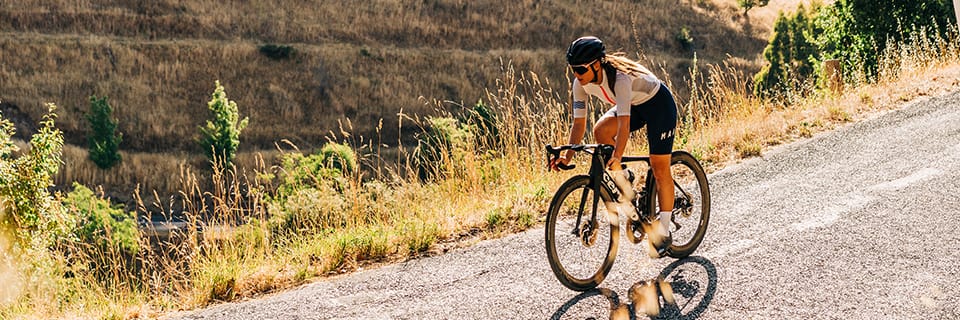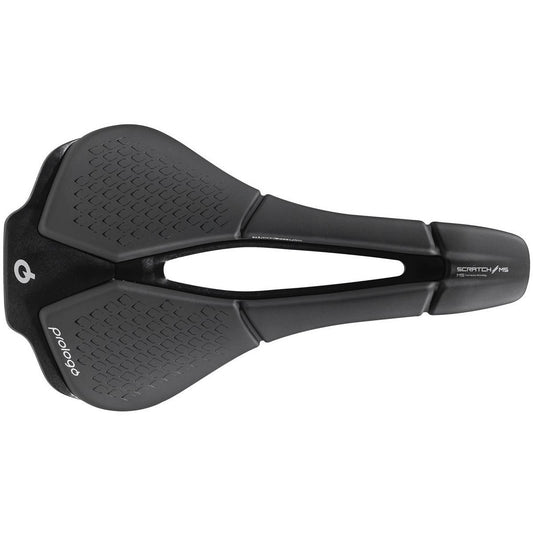Who hasn't experienced an uncomfortable or even painful bike ride? As well as adjusting your position, choosing the right the saddle is essential to ensure pleasant, pain-free outings. Whether you're riding in the city, on the road or on a mountain bike, you'll need to find the women's model best suited to your anatomy. But it's not easy to find your way around all these models, often designed for men. Fortunately, there are specific models for women, or mixed models. Here, we'll help you find your way around.
Standard models
- Profile: rounded, flat, semi-rounded
- Central channel: plain, hollow or perforated
- Width, length
- Seat and rail material
Saddle types
It's important to remember that it's not possible to say that a particular model will necessarily fit you. We can only validate a model by testing it on several outings of different durations and with different settings. However, here's what users and manufacturers generally say.
Women's saddles can be classified under three types of shape :
Rounded
Generally appreciated for long distances and by riders looking for comfort. Weight is often better distributed, and the shape limits overheating over time.

Flat
Designed for short distances and/or intensive effort. Ideal for races requiring regular position changes.

Semi-round
In order to offer versatile saddle models, we often find an intermediate shape between rounded and flat.

The central channel
To limit stress on the perineum areaarea, some saddles feature a channel in the central part of the saddle. This channel may be simply hollowed out a to reduce pressure, or even perforated b to eliminate pressure at this point. Because of their female morphology, women are more prone to body pressure. This friction and pressure can easily lead to pain.
 |
 |
Width and length
Width
The choice of saddle width is often based on two characteristics: the size of your pelvis and your position on the bike. Ideally, pressure should be exerted as much as possible on the pelvic bones, known as the ischium. In road and mountain biking in particular, this is sometimes difficult to achieve because of the sporty position, so it's essential to opt for a specific saddle to limit excessive pressure or repeated rubbing.
The female anatomy presents ischials further apart than in men. Adapted saddle models will therefore naturally be wider. With a men's saddle, there's a good chance that both ischials will be on the outside of the saddle. The rider's entire weight will then rest on the perineum. Note that women's saddles are also shorter than men's, again due to the anatomy of the pelvis.
The position on the bike will also influence saddle width. The distribution of your weight between the saddle, handlebars and pedals differs according to whether you adopt a sporty position where the weight is more on the front or a more upright position where the weight is more supported by the pins.
The width of your pelvis determines where your hamstrings rest against the saddle. Saddle width varies between 135 mm and 165 mm.
Saddle length
Again due to the shape of the pelvis, women's saddles are often shorter than men's models. Short saddles (less than 250 mm long), which are increasingly used in road, gravel and mountain biking, enable you to find a position more quickly, and offer greater clearance when standing on the back of the bike on steep descents. What's more, the short saddle rubs less on the thighs when you're dancing.
Long saddles (longer than 250 mm) are ideal for outings where the position is not much in demand, such as triathlons or racing bikes.
Materials and rails
Materials
Different materials are used for the upholstery. While plastic offers relative comfort, memory foam adapts more effectively to your anatomy. This is also true of leather models, which will imprint the shape of your hamstrings as you ride. Gel, on the other hand, has an excellent reputation for shock absorption. However, you must be careful not to choose a saddle that is too soft. If your hamstrings sink too deeply into the gel, pressure will also be exerted on sensitive soft tissues. With or without gel, the ideal saddle should be neither too rigid nor too soft.
Finally, it's not uncommon to find the same saddle model offered with different rail materials. Apart from weight savings, the material will also bring more or less comfort, but beware, this will have an impact on the budget:
Rails
The rail steel is comfortable to use, but it's the least lightweight of the materials on offer.
The rail aluminum is less comfortable than steel, but lighter.
The rail titanium is the best comfort/weight ratio, but with a higher budget.
The rail carbon is the most responsive and lightest of all.
Reminder: Each manufacturer uses its own names for rail material alloys (e.g. TiroX, Kium...), which can be misleading. Check carefully before making your choice. Please note that carbon rails are usually oval and not round, so they require a seatpost with a compatible carriage.
Which saddle to choose?
This will depend in part on your riding style.
On a city bikeon a city bike, the position is often very upright, and contact points are mainly at the back of the saddle. Pressure will thus be exerted on the ischials (pelvic bones). A wide saddle on the rear part of the saddle.
On the other hand, the road cycling on the other hand, road cycling favors a forward position on the saddle, with the torso leaning more towards the handlebars. A saddle with an open or hollowed-out center channel and a downward-sloping spout will help relieve pressure on the perineum.
Finally, for the MOUNTAIN BIKINGthe position is relatively similar to that of a road bike, albeit more upright. Care must therefore be taken to maintain a good seat width, while reducing the pressure exerted on sensitive soft tissues. The saddle also needs to be more robust to withstand terrain-related shocks.
Depending on your riding position, the more upright you are, the more weight will be distributed over the saddle. In this case, a slightly wider saddle is recommended. But beware: a saddle that's too wide can interfere with pedaling and cause friction on the inside of the thighs over time. If you suffer from perineal pain, try a saddle with a hollowed-out center channel.
Découvrez tous nos conseils & Tutoriels
ROAD - Saddles
-
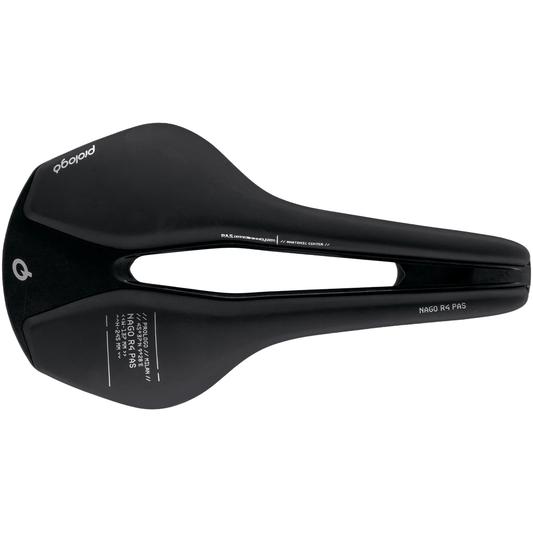
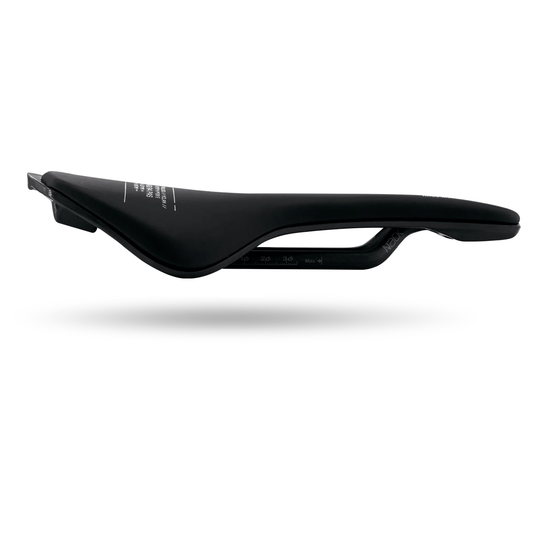
Saddle PROLOGO NAGO R4 PAS 137 Tirox Black
Regular price 129,99 €Regular priceUnit price per -
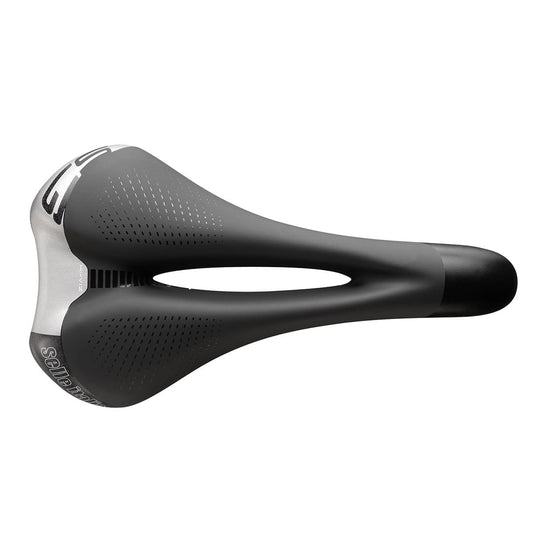
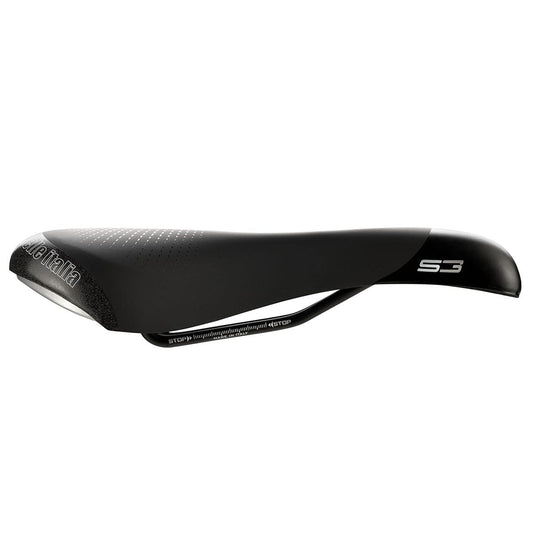
Saddle Saddle ITALIA S 3 FLOW Rails Fec Black
Regular price 29,99 €Regular priceUnit price per -
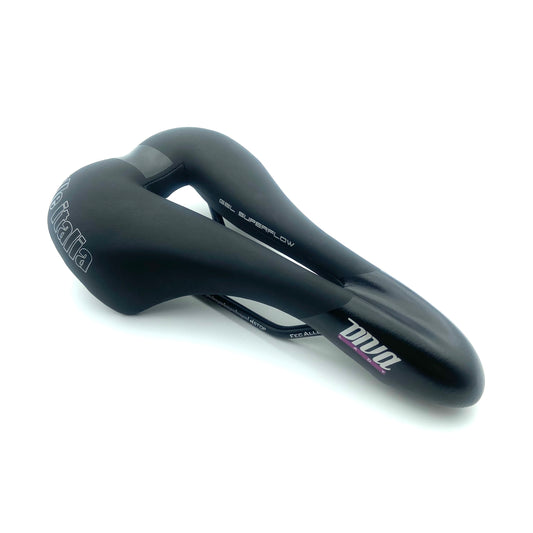
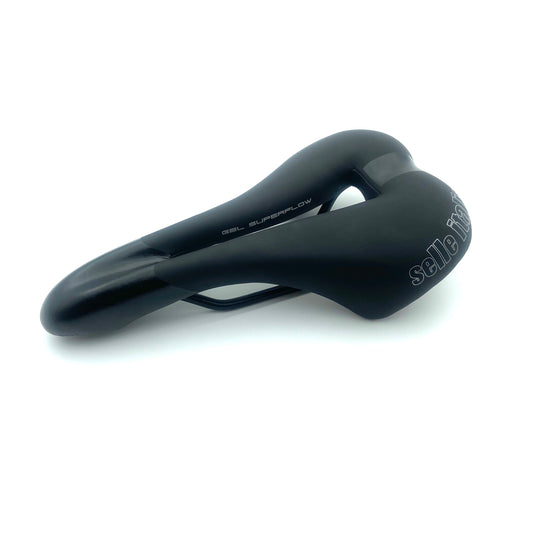
Saddle SELLE ITALIA DIVA GEL SUPERFLOW L Femme Rails Fec
Regular price 49,99 €Regular priceUnit price per -
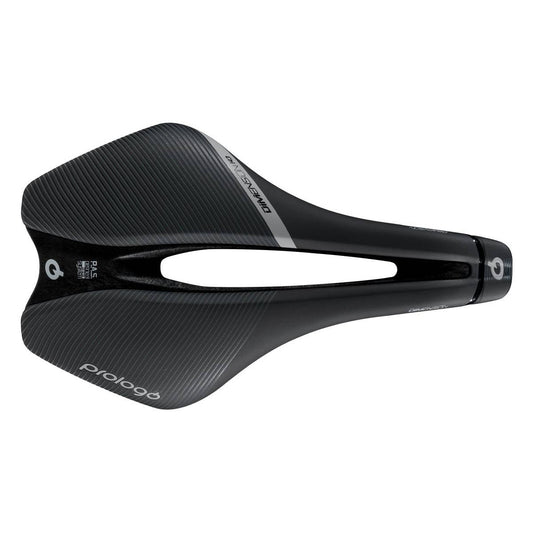
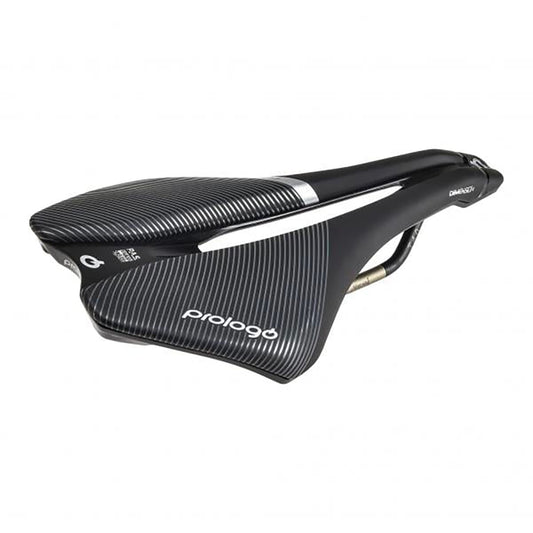
Saddle PROLOGO DIMENSION Rails T4.0 Black
Regular price 64,99 €Regular priceUnit price per -
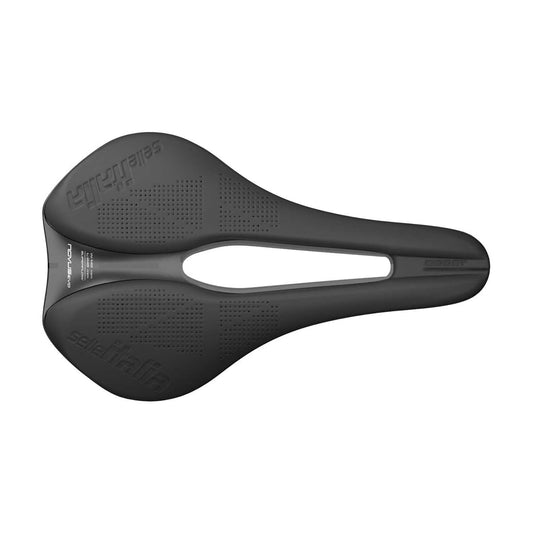
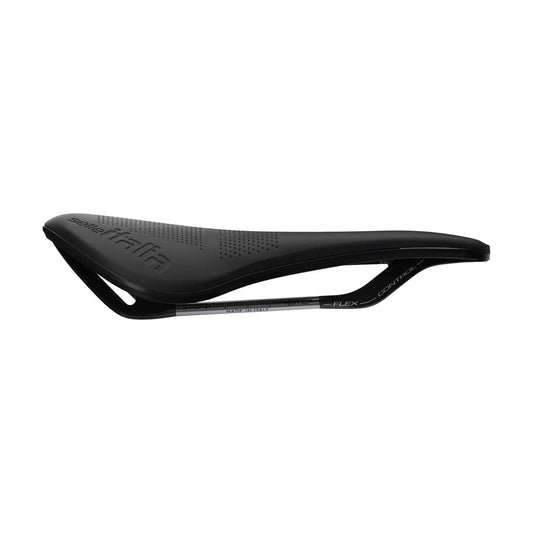
Saddle Saddle ITALIA NOVUS EVO BOOST SUPERFLOW L Rails Fec
Regular price 59,99 €Regular priceUnit price per -
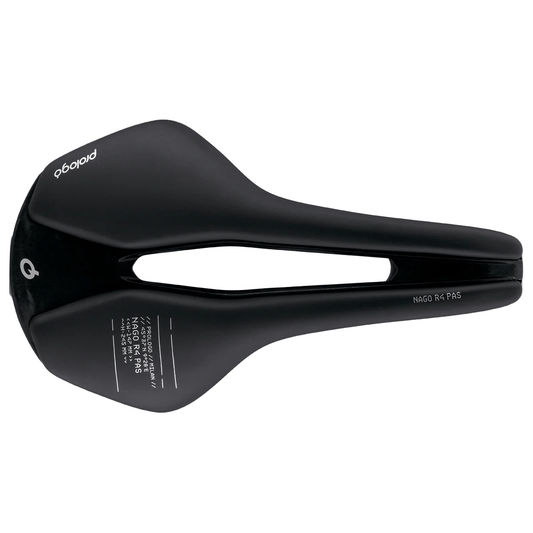
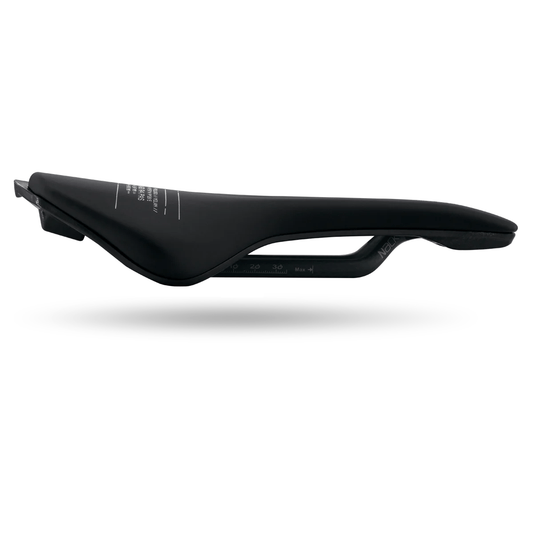
Saddle PROLOGO NAGO R4 PAS 137 Nack Black
Regular price 199,90 €Regular priceUnit price per -
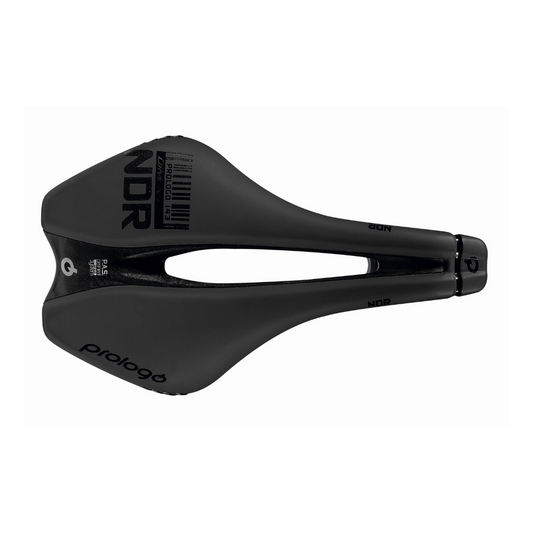
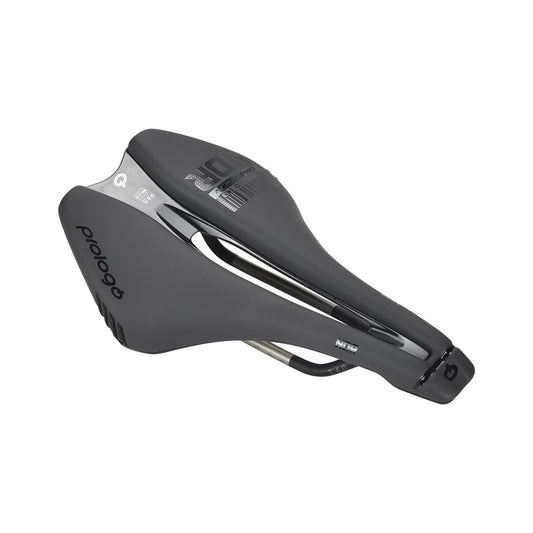
Saddle PROLOGO DIMENSION NDR Rails T4.0 Anthracite
Regular price 89,99 €Regular priceUnit price per
